Transport
Sociedad Metalúrgica Duro Felguera (SMDF) became the most important mining and iron and steel company in Asturias from the time it was founded in 1900. Its facilities were supported by a complex network of 650-millimetre gauge railways, which ran along the Nalón river valley between the La Felguera factory and Sotrondio, with railway branches that supplied the different mining groups.
To provide service on this line, SMDF inherited a varied fleet of locomotives from the companies it had acquired, but it lacked a truly suitable locomotive model. This situation changed in 1904 with the purchase of a new type of locomotive from the German company Borsig. Over the next ten years, seven examples of the same type were put into operation. The fifth of these, bearing the number 26 and the name PILAR, was delivered in 1912.
Its design combined the characteristics of the models in the manufacturer's catalogue to meet the needs of the customer, trying to maximise power without excessively increasing its size or weight. They had two drive axles and an outer frame. The water tank was located on the cross beams of the outer frame.
These German machines provided excellent service and became the most significant element of Duro Felguera's engine fleet, and even outlived other ones that were more modern. PILAR was in operation on Ferrocarril General until its closure around 1969 by HUNOSA. It then ran on the Carrocera railway branch to the Venturo mine shaft, which was dismantled in the mid-1970s.
It was then sent to the facilities of the Carrio mine shaft, until it was loaned to the Mining Museum, which proceeded to carry out its aesthetic restoration. It is currently on display outside the museum, as a classic example of steam traction on the mining railways of the Nalón river valley, although it is decorated in a colour that it never wore during its years of service, as it was always painted green.
PHOTO GALLERY

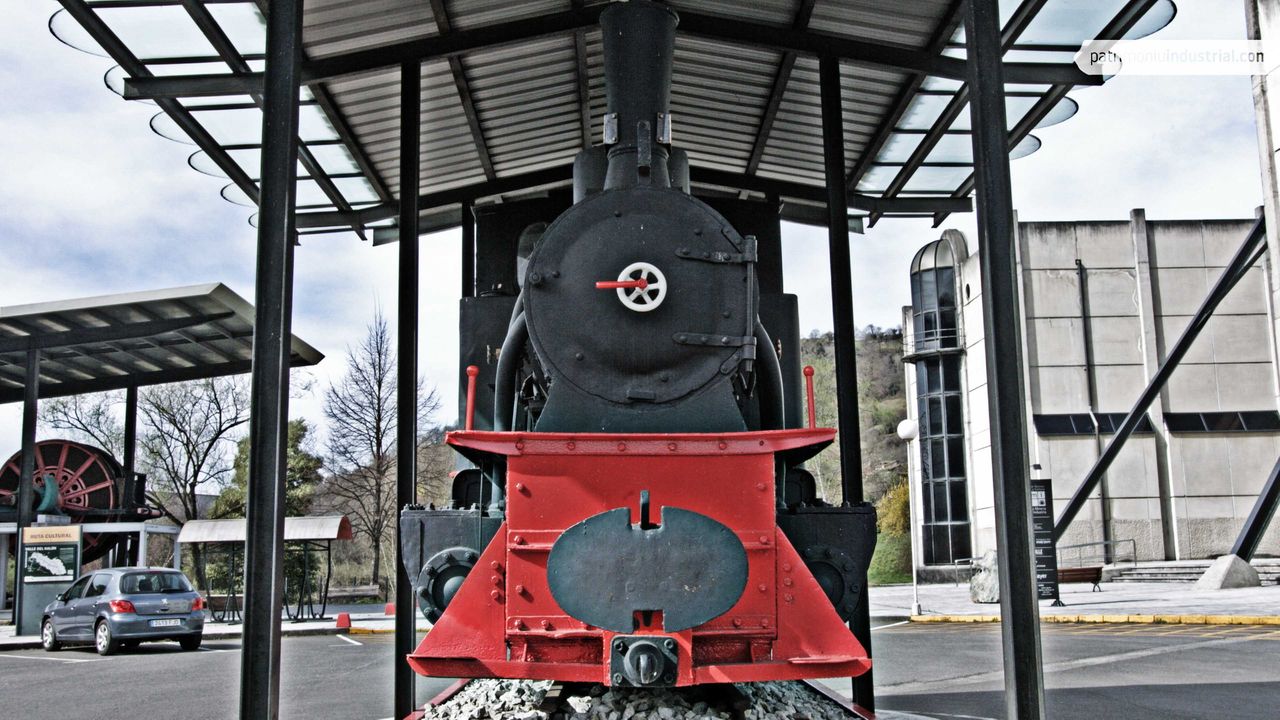
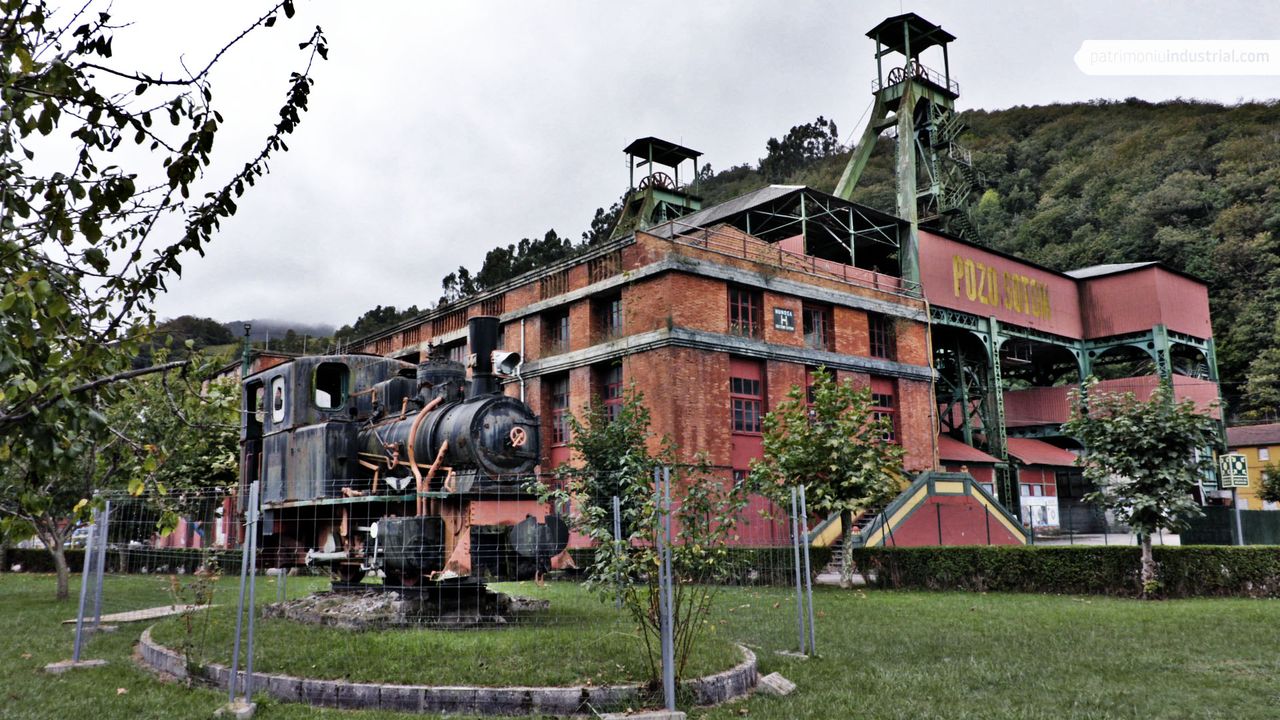
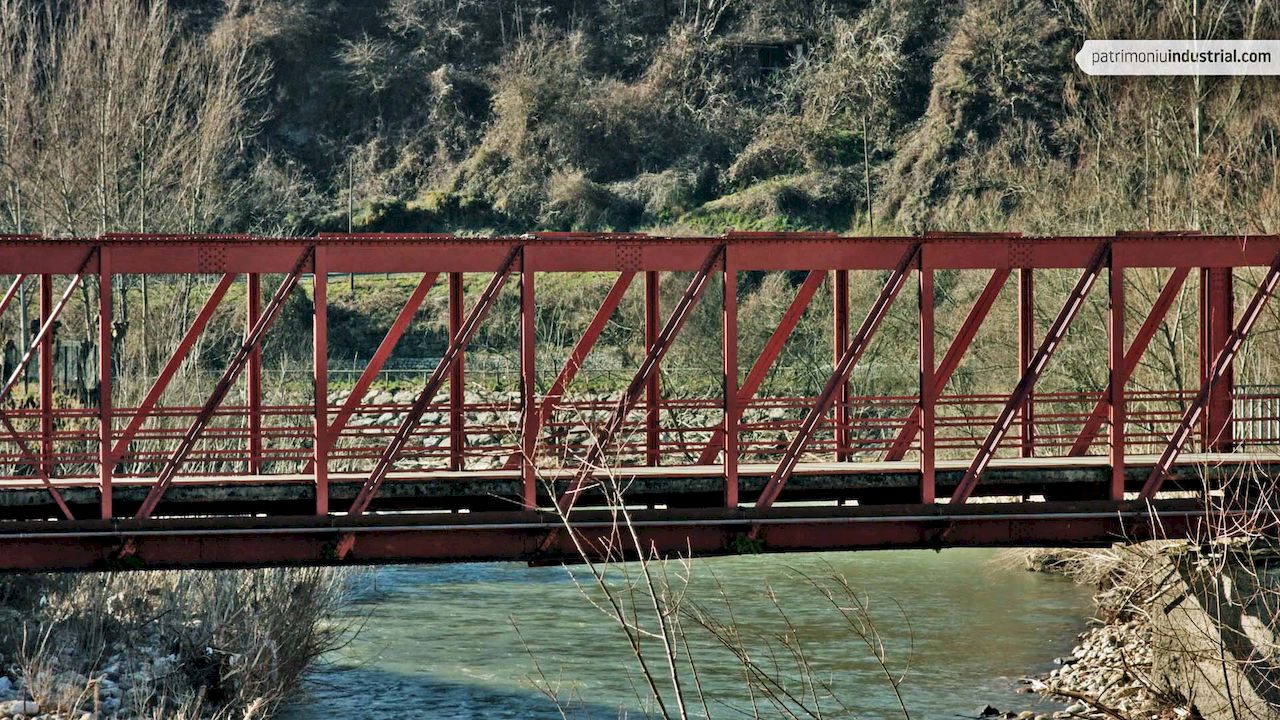

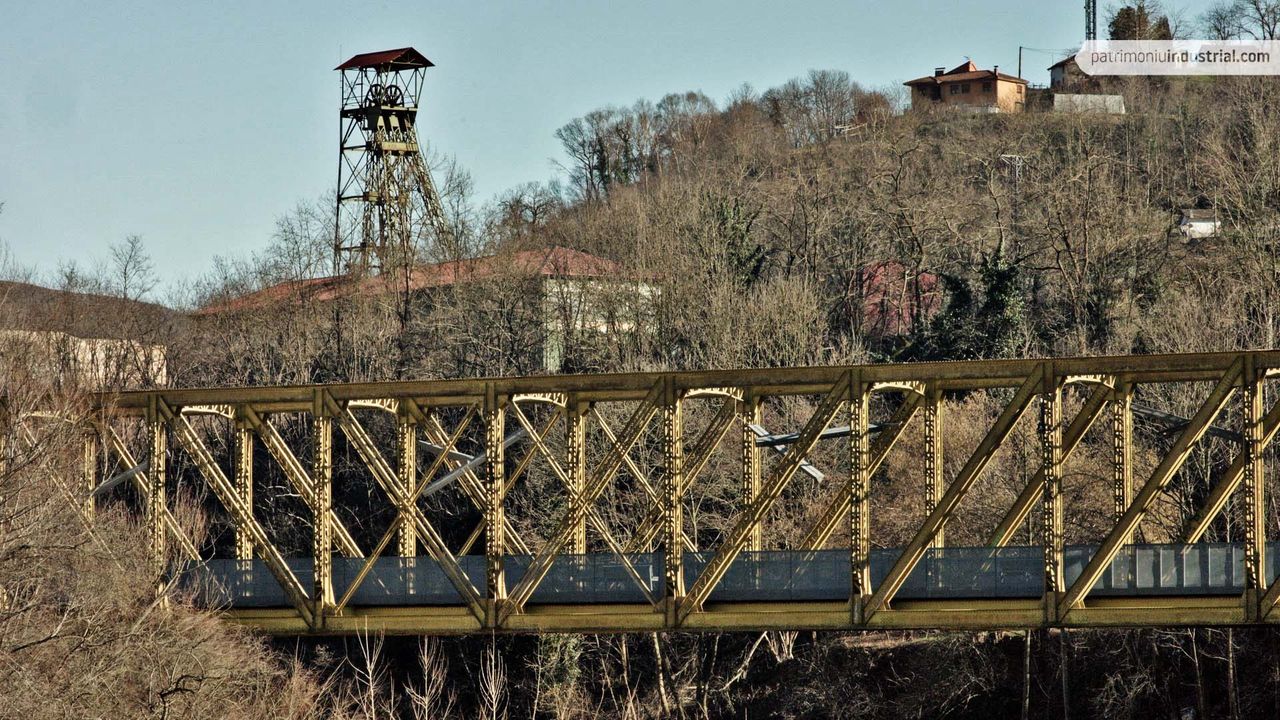

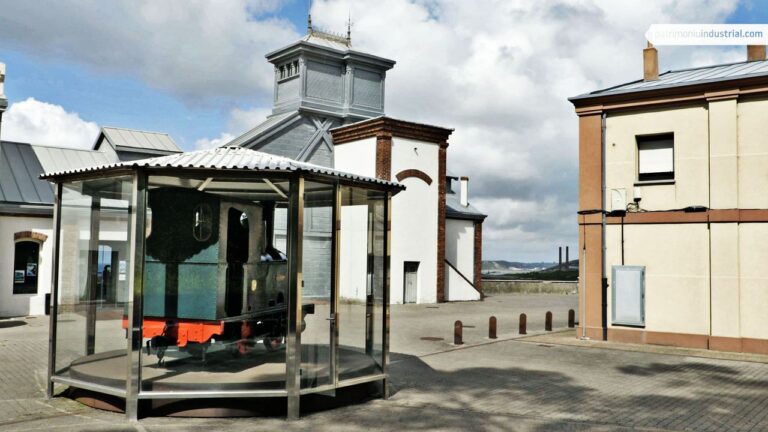
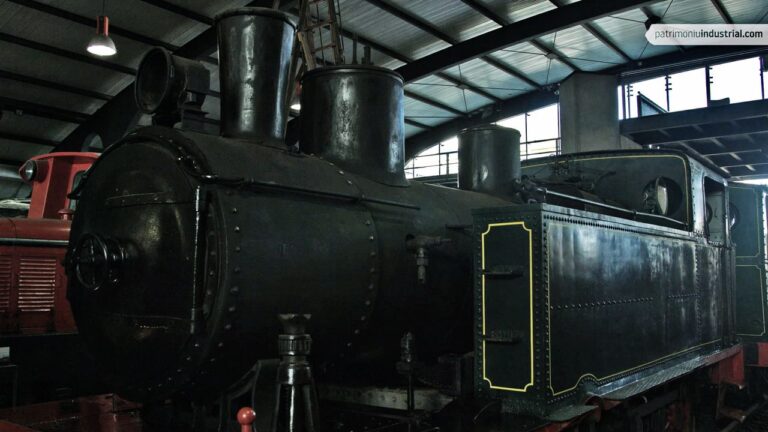

Recent Comments